ISSN ONLINE(2319-8753)PRINT(2347-6710)
ISSN ONLINE(2319-8753)PRINT(2347-6710)
| Anum School of Applied mathematics and Physic, Lanzhou Jiaotong University Lanzhou, China |
| Related article at Pubmed, Scholar Google |
Visit for more related articles at International Journal of Innovative Research in Science, Engineering and Technology
Currently, people think about the Drag type of vertical axis wind turbine as a reliable wind machine to save in future energy supply. The advantage to this emerges from the building and maintaining cost, which is cheaper than the wind turbines with Horizontal axis. Nevertheless, such rotor is facing problems from efficiency. This study proves the improvement of Savonius rotor performance, a basic geometry of drag machine, as dependent to partial differential equation. The report shows investigations conducted to show the effect of geometrical configuration on the rotor performance in terms of coefficient of torque and power, and power output. In proving the above case, the study will consider simulation Computerized Fluid Dynamics, which will help in analyzing the flow, attributes of the rotor. The equations of continuity and Reynolds Averaged Navier-Stokes together with the realizable K- epsilon turbulence model will help in the judgment of the case. The results obtained shows that partial differential equation is important in the enhancement of the performance of the savonius rotor. Likewise, the performance coefficient of an optimal rotor reaches 0.2 with a rotor having two blades and H/D = 6:1, e = 0.3, ɵ = 1800.
Keywords |
| Savonius rotor, Tip speed ratio, Numerical analysis of savonius rotor, CFD. |
INTRODUCTION |
| Acute energy crisis facing most of the developing nations propagates the requirement for renewable energy. The sources of renewable energy include wind, which help to reduce dependency on fossil fuels. One advantage of using wind power relates to minimal pollution it causes to the environment, thus use of the energy source is very economical to any region. Recent developments have been ongoing to expand on the production capacity of the wind energy. Considering that the physical component of wind energy uses the concept of savonius rotor, various experiments have been done to help improve the performance of the device (Ackermann). Through the various experiments, scientists have examined various effects of design parameters for the savonius wind rotor, which help in improving the performance of the device. One experiment deals with the effect of deflecting plate to the performance of the device (Ogawa). Another experiment relates to the effect of curtain in improving the power performance of the device (Burçin Deda Altana,*, Mehmet AtÃâñlgana , Aydog Ãâ¹ÃËan Özdamarb). Other experiments showed the improvement of the performance of the device by use of a guide-box tunnel (Adkins and Davidson). This study introduces a new concept of partial differentiation equation as a way of improving the performance of the savonius rotor. |
II. SCHEMATIC DIAGRAM OF THE DEVELOPED BLADE |
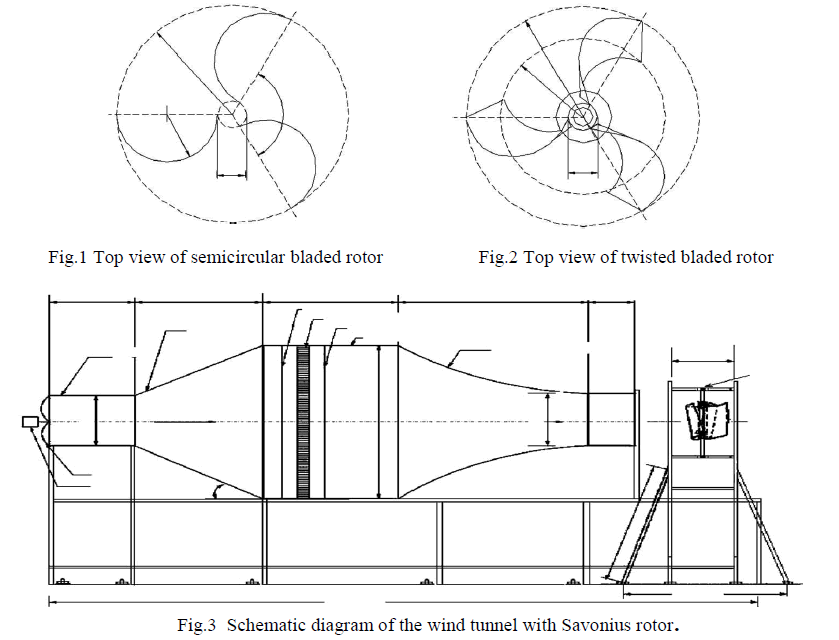 |
| The above presentation shows the geometrical structure of savonius rotor. The rotor follows the requirements as shown in the principles of the present invention. Savonius rotor is a simple drag device capable of producing high torque. The structure of the rotor presents a simplified way that helps it in the production process. As mentioned earlier, various ways can be applied in improving the performance of the device. However, in this segment, the author will use the concept of partial differential in the performance factor. Experiments show that partial differentiation has the ability of improving the rotor performance (Balser). |
III. COMPUTATION MODELING AND PROCEDURES |
| Commercially there is software used for the purpose of determining the turbulence flow field in Savonius rotor models. The GAMBIT and FLUENT software are identified to be effective in determining the key concepts of the k-ε turbulence model. The software assists in determining the simulation flow that occurs around the Savonius rotor design with differences in the overlapping ratios. GAMBIT software plays a key role in analysing mesh generation experienced in the rotor models. Using the numerical simulation, there are two key variables that are considered when applying the use of GAMBIT. These are velocity value and the pressure value at all nodal points on the rotating blades. This can be shown using a 2-D mesh generation of three blades at 0°, 90°, and 180° using this software. Below are the presentations of a 2-D gambit diagrams and a graphical presentation for the three blades used. |
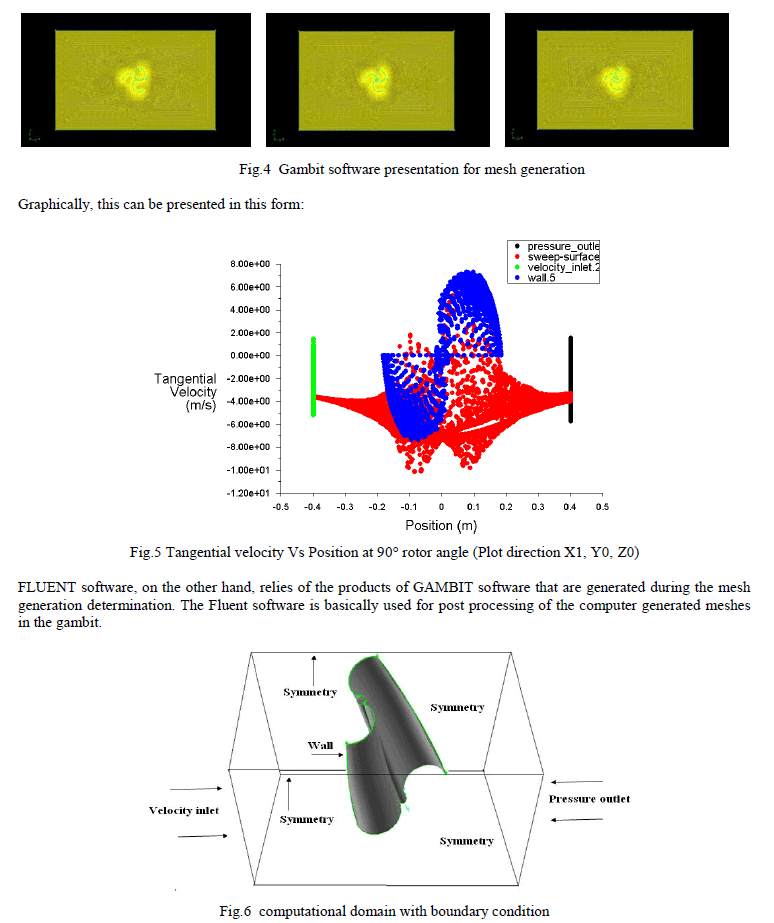 |
IV. TURBULENCE MODEL |
| This study uses the Standard k- turbulence model together with a logarithmic surface function. The turbulent flow gives a momentum equation that uses x, y, and z as the components of velocity. The equation also uses turbulent kinetic energy (k) together with the dissipation rate of turbulent kinetic energy(ïÿýïÿý). The named equations are solved using the Gambit program. This model uses the iteration method where individual equation couple in the central point of the cells. Working on the second order interpolation that has a high reliability level will be used. The following shows the standard k-ïÿýïÿýequation can be shown as follows: |
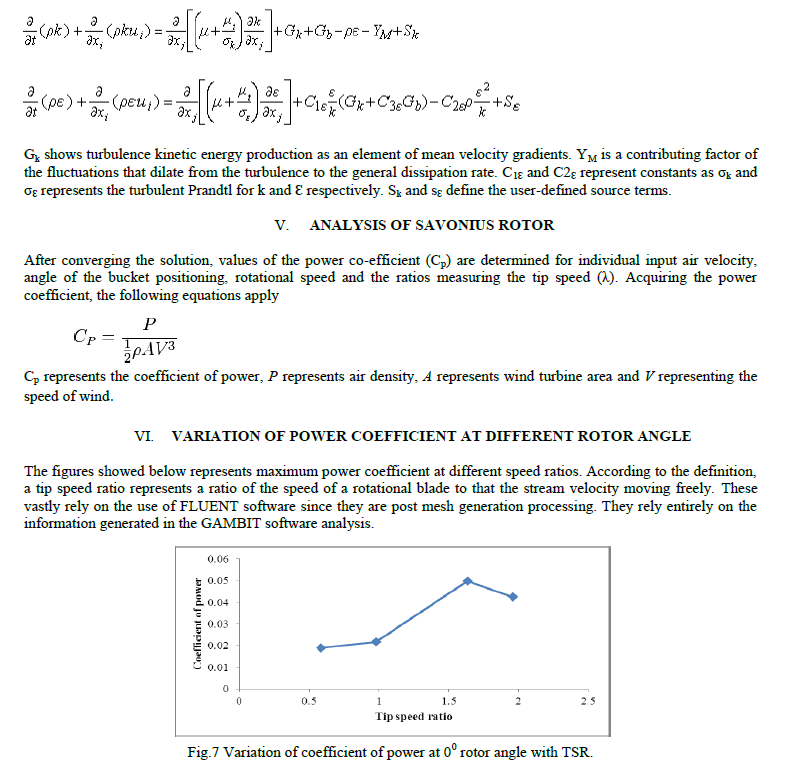 |
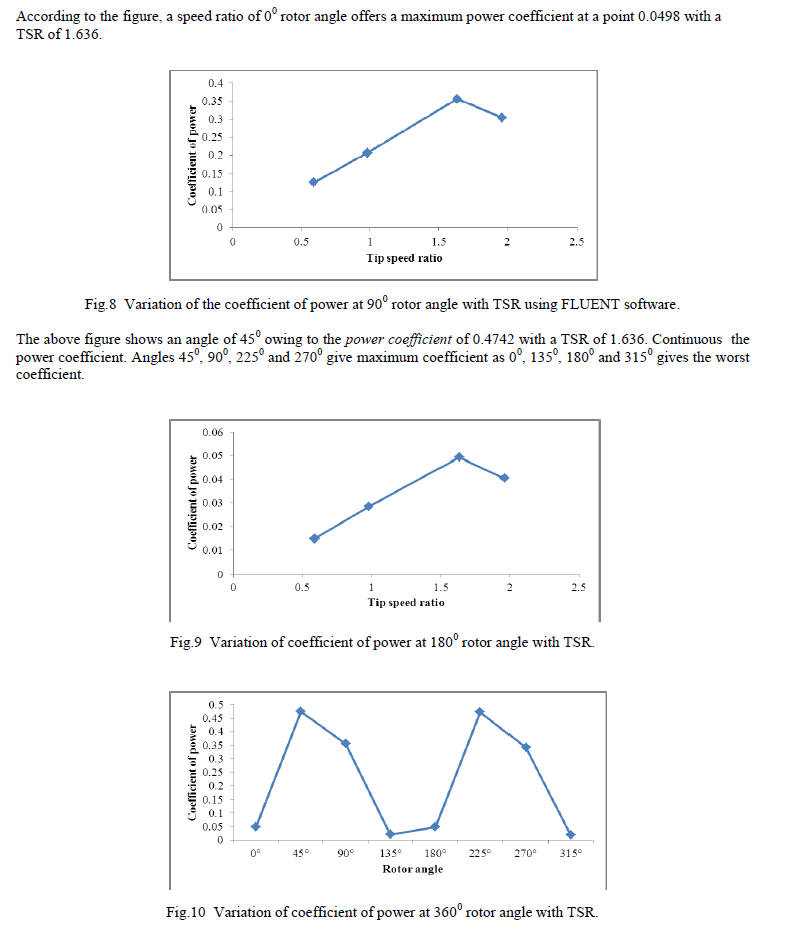 |
VII. IMPROVEMENT IN SAVONIUS ROTOR |
| From the power variation coefficient analysis of the rotor, there are a number of improvements that have been recorded based. These are the best justified by a number of suggestions presented by various authors Rajat Guptal , Bachu ,Debl and R.D.Misralin their explanations on the performance improvement present an arithmetic presentation that improves the savonius rotor performance from TSR of 0.4742to 1.636.These changes are experienced as a result of the blade angle alternation from 45º to 315º .These performance change are also presented in the graphical figures 7,8,9,and figure 10. These can be determined using the formula |
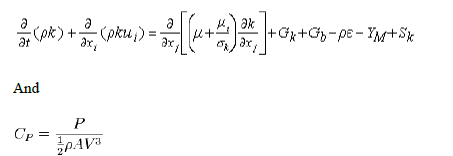 |
VIII. CONCLUSION |
| From the above experiment, one finds out that an increase in tip speed ratio increases the power coefficient to a certain limit (1.636). This will further decrease with an increase in speed ratio. This means that an optimum speed ration where the power coefficient is at the maximum exists. The second finding is that coefficient values for the rotor angles are positive reflecting a positive power coefficient from the rotor. A higher value of power of coefficient is reached with an advance stroke of rotation from 450 to 1100. |
References |
|